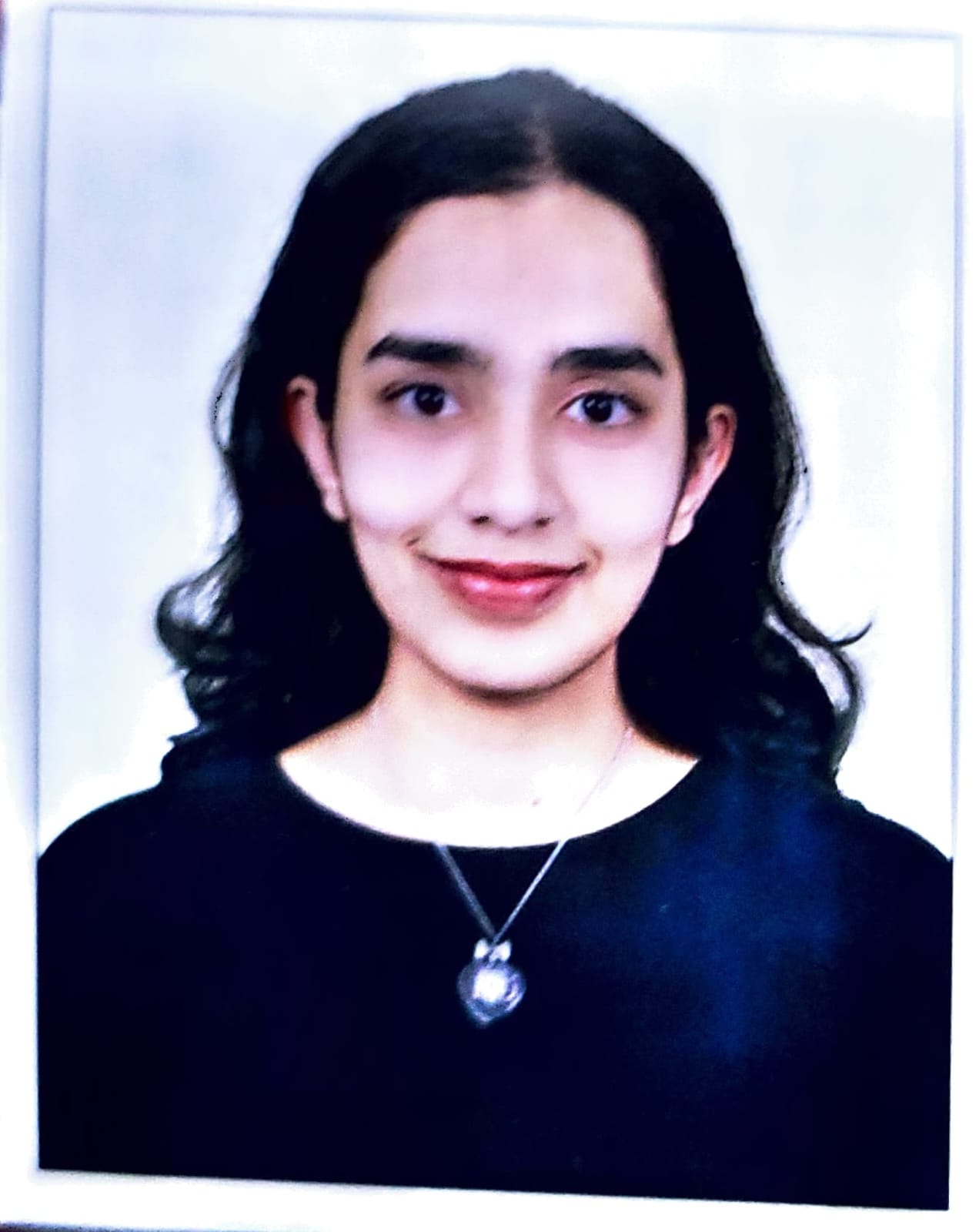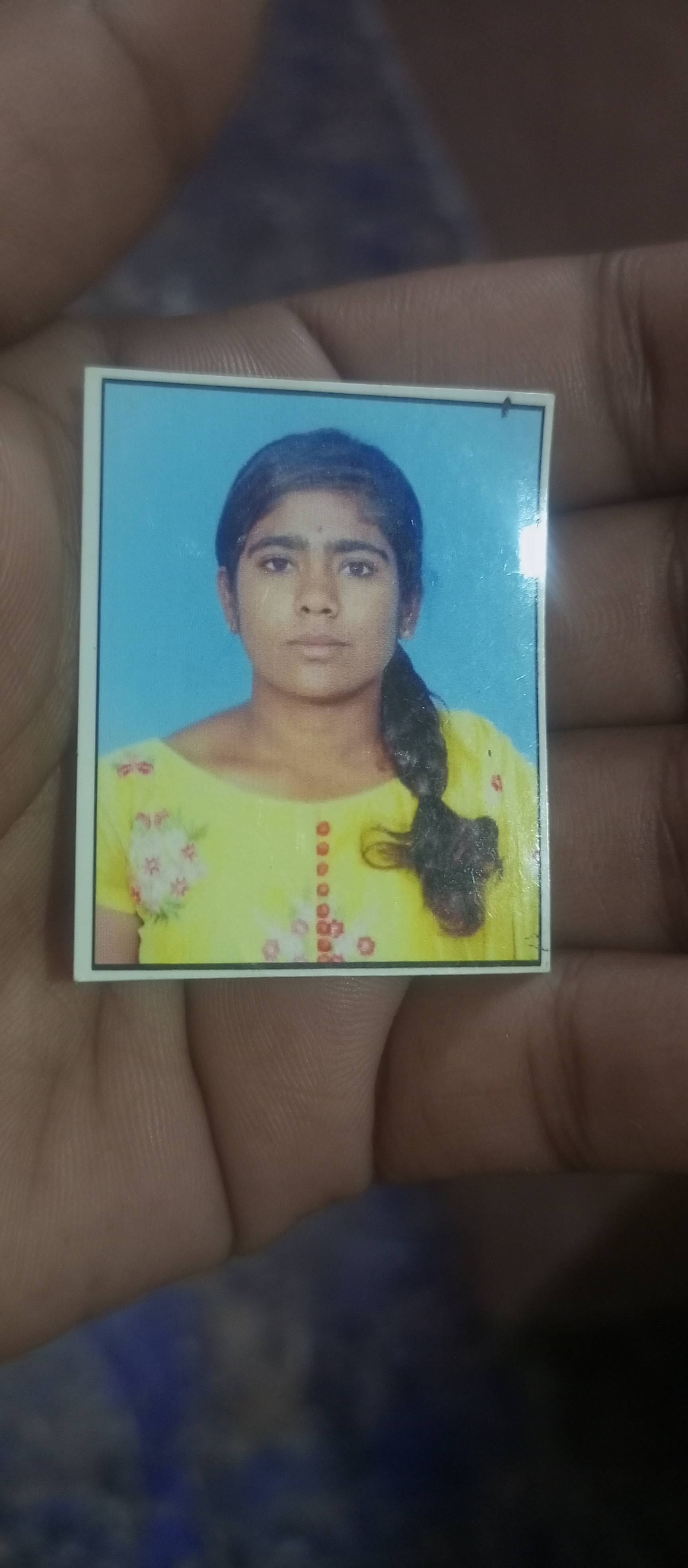Define Post translational modification and mention the cellular sites for major posttranslational
Post-translational modification (PTM) refers to the covalent modifications that occur on proteins after they have been synthesized by ribosomes during translation. These modifications play crucial roles in regulating protein structure, function, localization, stability, and interactions with other molecules. PTMs can occur at various amino acid residues within the protein sequence and can involve the addition or removal of chemical groups, such as phosphate, acetyl, methyl, or sugar moieties, among others.
Major cellular sites for post-translational modifications include:
-
Cytoplasm:
- Many PTMs occur in the cytoplasm, where proteins are initially synthesized. This includes modifications such as phosphorylation, acetylation, and ubiquitination.
- Phosphorylation and acetylation often regulate protein activity, stability, and localization within the cytoplasm, affecting various cellular processes.
- Ubiquitination in the cytoplasm targets proteins for degradation by the proteasome or regulates protein turnover and signaling pathways.
-
Endoplasmic Reticulum (ER):
- The ER is a major site for protein folding, processing, and modification in eukaryotic cells.
- Glycosylation, particularly N-linked glycosylation, occurs in the ER, where oligosaccharide chains are added to asparagine residues of nascent polypeptide chains.
- Disulfide bond formation also occurs in the ER, facilitating protein folding and stabilization.
-
Golgi Apparatus:
- The Golgi apparatus is involved in further processing and sorting of proteins after they leave the ER.
- O-linked glycosylation, in which sugar moieties are added to serine or threonine residues, primarily occurs in the Golgi apparatus.
- Proteolytic cleavage of proproteins into their mature forms can also occur in the Golgi apparatus.
-
Nucleus:
- Several PTMs occur in the nucleus, where they regulate processes such as gene expression, DNA repair, and chromatin remodeling.
- Methylation and acetylation of histone proteins play key roles in modulating chromatin structure and gene transcription.
- Phosphorylation of transcription factors and other nuclear proteins regulates their activity and localization in response to cellular signals.
-
Plasma Membrane and Extracellular Space:
- Some PTMs occur at the plasma membrane or in the extracellular space, where they regulate cell-cell interactions, signaling, and immune responses.
- Examples include glycosylation of cell surface receptors and adhesion molecules, as well as proteolytic cleavage of membrane-bound proteins to release soluble signaling molecules.
Overall, post-translational modifications occur at various cellular sites and contribute to the diversity, complexity, and regulation of cellular processes in both prokaryotic and eukaryotic organisms.








Tags
Qualification
Course
Department
Stream
Subject